Entry Category: Museums and Historic Sites
Humphreys’ Dairy Farm
 Ice House
Ice House
Immaculate Heart of Mary Church and School
 Immanuel High School
Immanuel High School
Independent Order of Odd Fellows Building (Benton)
International Harvester Servicenter
 International Harvester Servicenter
International Harvester Servicenter
 International Harvester Servicenter
International Harvester Servicenter
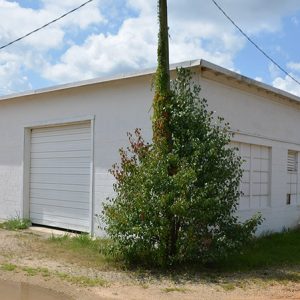 International Harvester Servicenter
International Harvester Servicenter
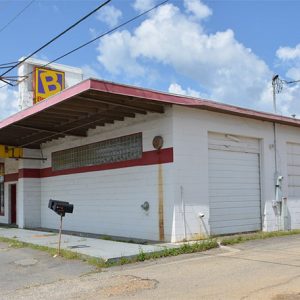 International Harvester Servicenter
International Harvester Servicenter
International Hoo-Hoo Headquarters and Museum
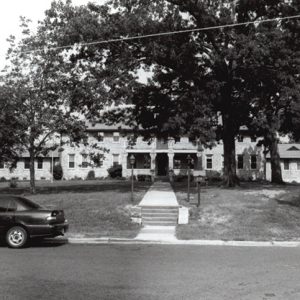 Interstate Orphanage
Interstate Orphanage
Interstate Orphanage
aka: Ouachita Children’s Center
aka: Interstate Orphans’ Home
aka: Hot Springs Children's Home
aka: Hot Springs Orphans' Home
Izard County Courthouse
J. V. Bell House
 J. V. Bell House
J. V. Bell House
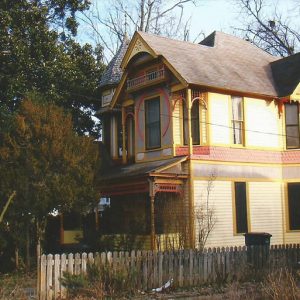 J. V. Bell House
J. V. Bell House
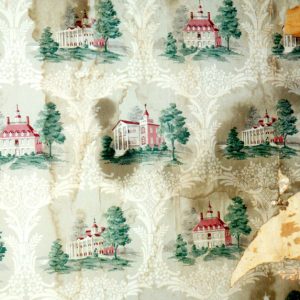 J. V. Bell House Wallpaper
J. V. Bell House Wallpaper
Jack Tar Hotel and Bathhouse
aka: Garland Tower
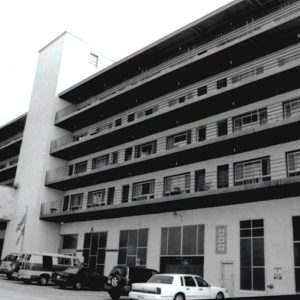 Jack Tar Hotel and Bathhouse
Jack Tar Hotel and Bathhouse
Jackson County Courthouse
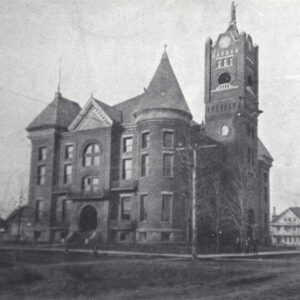 Jackson County Courthouse
Jackson County Courthouse
 Jacksonville Museum of Military History
Jacksonville Museum of Military History
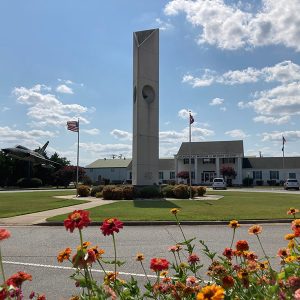 Jacksonville Museum of Military History
Jacksonville Museum of Military History
Jacksonville Museum of Military History
Jacob Trieber Federal Building, United States Post Office and United States Courthouse
aka: Helena U.S. Post Office and Courthouse
Jacob Wolf House
James A. Dibrell House
James C. Tappan House
aka: Tappan-Pillow House
James E. M. Barkman House
James Phillip Smith House
Jasper Commercial Historic District
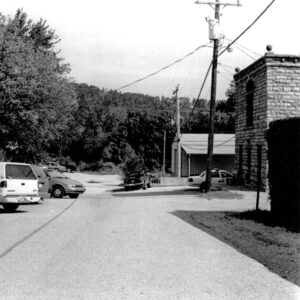 Jasper Commercial Historic District
Jasper Commercial Historic District
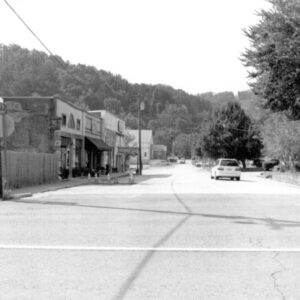 Jasper Commercial Historic District
Jasper Commercial Historic District
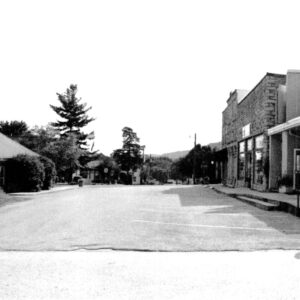 Jasper Commercial Historic District
Jasper Commercial Historic District
 Jefferson School
Jefferson School
 Jerome Elementary School No. 22
Jerome Elementary School No. 22
Jess Norman Post 166 American Legion Hut
Joe Marsh and Maxine Clark House
aka: Joe Marsh Clark House
John F. Weinmann House
John G. Williams House No. 2
John Wilson Martin House
aka: Bradley County Historical Museum
Johnson County Courthouse
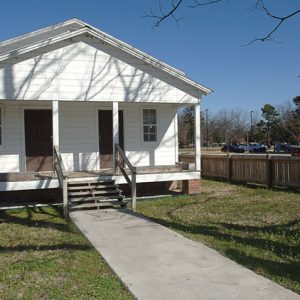 John H. Johnson House
John H. Johnson House
Johnswood
 Charlott Jones
Charlott Jones
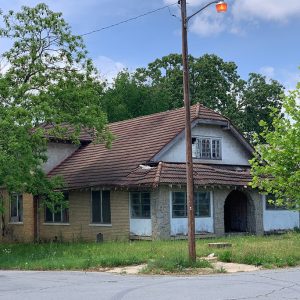 Scipio A. Jones House
Scipio A. Jones House
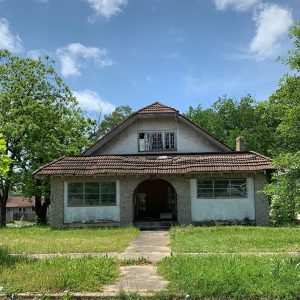 Scipio A. Jones House
Scipio A. Jones House




